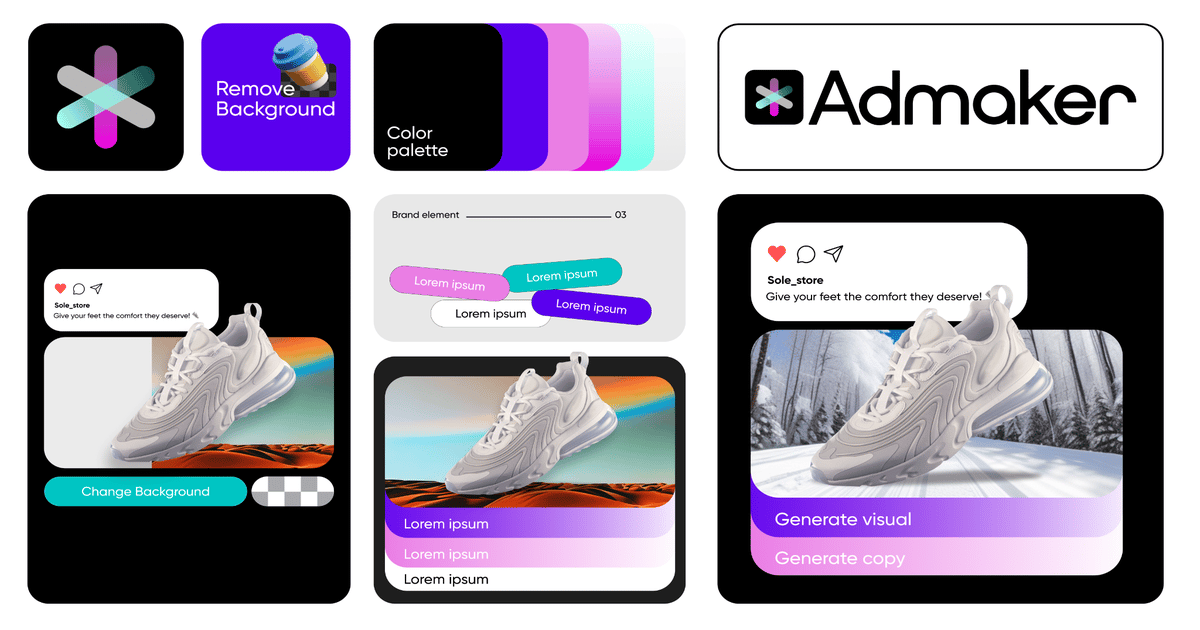- Marketer Gems
- Posts
- Data in Marketing: How Brands Turn Exclusive Data Into Viral Content
Data in Marketing: How Brands Turn Exclusive Data Into Viral Content
How e.l.f. Beauty, OkCupid, and Other Brands Turned Internal Data Into Cultural Content
Howdy marketer!
Did you see that e.l.f. campaign about all the Dicks?
This was one of those rare marketing moments where the planets aligned – and a beauty brand turned boring corporate data into a mic drop.
Wrapped in bold messaging, it sparked a cultural conversation that reached well beyond the usual skincare crowd.
We’re smack in the middle of a golden age of data-driven storytelling.
The savviest brands have figured out that their internal data – yes, that dusty stuff hiding in dashboards – is actually a content goldmine.
Most just let it rot. The smart ones turn it into headlines.
Today's Treasure Trove
advertisement
Picsart Admaker: Make It Loud. Make It Yours.

Design like nobody’s watching. (But trust us—they will be.)
Tired of content that looks like everyone else’s? Same.
Picsart is your no-rules, all-fun creative playground. No clunky desktop tools. No endless tweak sessions. Just bold visuals, smart AI, and scroll-worthy designs made straight from your phone.
Remix trends before they’re trends.
Make templates beg for mercy.
Drop filters that slap harder than your last campaign.
This isn’t content creation. It’s content liberation.
Ready to make some noise?
The Power of Proprietary Truth
The e.l.f. Beauty "So Many Dicks" campaign exemplifies this strategy perfectly.
They analyzed the boards of directors across all publicly traded U.S. companies, and discovered that 566 men named Richard, Rick, or Dick serve on corporate boards - outnumbering many entire demographic groups.
There are 19 times more men named Dick than women of Middle Eastern descent in these positions.
The data was shocking, the presentation was bold, and the message was unmistakably theirs.
What made this campaign brilliant wasn't just the provocative name or the subway ads in Manhattan's Financial District.
It was the fact that e.l.f. had done the work that nobody else bothered to do.
They created their own research, categorized over 35,000 board members by race and gender, and emerged with statistics that felt both surprising and inevitable.
The campaign generated a high amount of impressions, but more importantly, it positioned e.l.f. as a brand with something meaningful to say about corporate America.
When a brand shares unique insights from their own data, they're offering their audience intellectual currency.
Unique data gives customers a reason to talk about your brand that has nothing to do with direct sales.
The Dating Site That Became a Cultural Observatory
Long before e.l.f. was making headlines with boardroom statistics, OkCupid was pioneering this approach with their legendary OkTrends blog.
The dating site's founders, four Harvard math majors, understood from the beginning that their real differentiator was the unprecedented insight into human behavior they were collecting.
They revealed that people using iPhones have more sexual partners than Android users, and attractiveness ratings varied by race, which sparked uncomfortable but necessary conversations about bias in dating.
The genius was in recognizing that while other dating sites treated user data as proprietary secrets, OkCupid could transform it into marketing content that was genuinely valuable to readers.
They were positioning themselves as the authority on modern relationships.
The blog helped OkCupid stand out in a crowded market and eventually contributed to their $50 million acquisition, all without spending much money on traditional advertising.
What OkCupid understood was that data storytelling works because it satisfies our desire to understand ourselves and our world through patterns and trends.
Beyond Dating and Beauty
This strategy extends far beyond controversial social data.
Spotify's annual "Wrapped" campaign has become a cultural phenomenon by turning individual listening data into shareable personal narratives.
The campaign generates millions of social media shares because it gives people a data-driven way to express their identity.
The brilliance of Spotify Wrapped lies in its personalization at scale.
Every user gets their own unique dataset story, but the format is standardized enough that sharing and comparing becomes a social ritual.
The food delivery app Grubhub took this concept in a political direction, analyzing the correlation between their users' food preferences and voting patterns.
They discovered that people who order certain dishes tend to vote in predictable ways, creating content opportunities around election cycles.
By surveying users about their political leanings and connecting that data to their ordering history, Grubhub could offer insights that political journalists found irresistible.
The Economics of Exclusive Information
Unique data creates layered value.
First, it grabs attention – driving shares, visibility, and brand awareness.
But more importantly, it positions your brand as an authority, offering insights others can’t replicate.
Your data systems and storytelling become a moat that protects your market position. Unlike traditional ads that require constant spend, original data content earns organic reach and media coverage.
It’s also inherently authentic – you can’t fake real analysis or exclusive insights. And that authenticity cuts through the noise in a way paid ads rarely can.
Wrap Up
Sure, viral campaigns are fun – kinda like fireworks.
Loud, bright, and forgotten in a week.
But unique data is your secret weapon for long-term domination.
When your content actually says something new, people start paying attention – not just to the content, but to you. And while the internet fills up with AI sludge and cookie-cutter hot takes, the brands that know how to wring gold out of their own data will quietly (or not-so-quietly) take the lead.
In the near future, it won’t be enough to sell a product. You’ll need to sell a perspective. A story. A stat that makes someone go, “Huh… didn’t see that coming.”
Because while everyone else is recycling the same five content tips from 2013, you’ll be serving up insights they can’t copy. And that’s how you win.
✌️,
Tom from Marketer Gems

Which of these resonates with you the most? |